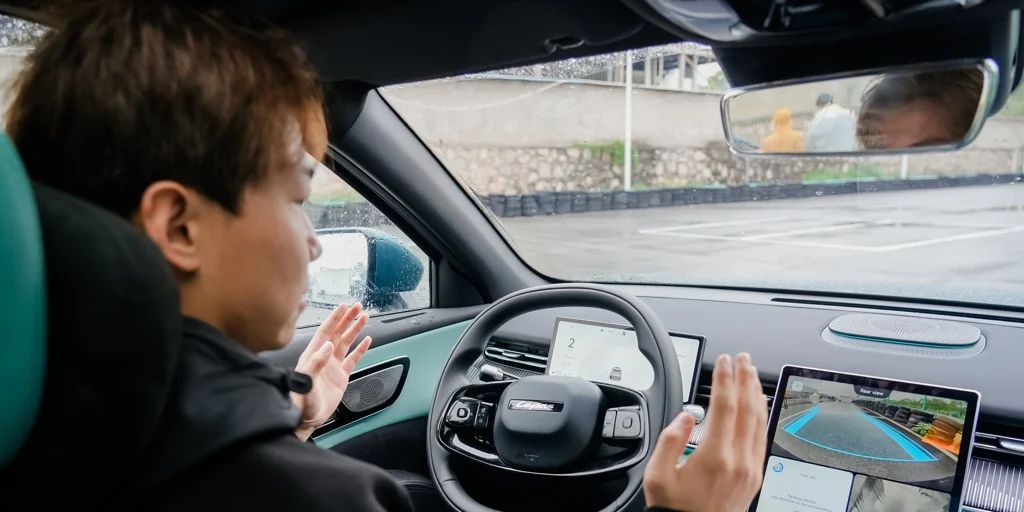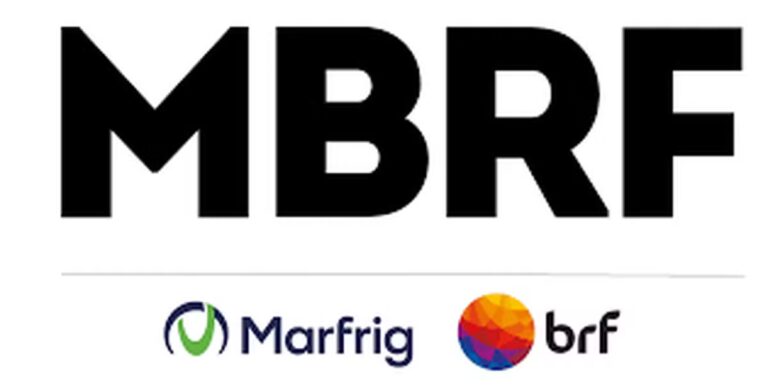
The newly launched Chinese car brand LEPAS takes autonomous parking to a new level. The next generation APA system allows the vehicle to automatically park, stop, and lock while the driver exits the vehicle and walks to their destination. still … Going one step further, the VPD (valet parking driver) system co-developed with Huawei allows drivers to exit the car at the entrance of a large parking lot, eliminating the need to worry about parking. The vehicle searches for an open space, autonomously drives toward it while recognizing obstacles, other vehicles, and pedestrians, parks automatically, and sends a message confirming the parking space and parking space once the operation is complete.
Firstly, the APA (Automatic Parking Assist) feature can be operated and parked in a few seconds, in parallel, perpendicular spaces, and even in very narrow spaces of less than 20 cm. It’s very easy to operate. Upon arriving at a parking space, the driver opens the application and a top-down image of the vehicle’s surroundings is displayed on the central screen, with empty or available parking spaces highlighted with a blue line. The driver simply clicks on the space he or she wants to park, and the system autonomously carries out all operations completely smoothly, safely and precisely.
self parking
The second, RPA (Remote Parking Assist), allows drivers to operate the vehicle from the outside using their mobile phone as a remote control. This technology provides a practical solution for parking and retrieving cars in very tight spaces where it is difficult or impossible to open the door or operate from the inside. The application’s interface is very simple and intuitive, allowing you to remotely control your car’s movements in a safe manner.
Throughout the process, the system uses ultrasonic radar and a 360-degree camera to maintain active distance control while the car moves slowly. It automatically stops when it detects obstacles, pedestrians, or surrounding vehicles. The driver can stop the process at any time by releasing the phone button (long press safety feature). When the car completes the parking operation, it will automatically switch to P mode and the system will confirm the successful parking on the phone screen.
Behind the APA (Automatic Parking Assistance) and RPA (Remote Parking Assistance) capabilities is a state-of-the-art hardware and software architecture that combines environmental awareness, real-time data processing, and artificial intelligence applied to the dynamic control of the vehicle.
LEPAS L8 uses a series of high-resolution cameras to provide a 360-degree panoramic view. The camera accurately detects parking lines, curbs, pedestrians, and obstacles. These cameras work in conjunction with ultrasonic radar systems that measure short distances. All this information is combined through a sensor fusion process to generate a virtual reconstruction of the environment, which is updated several times per second.
At the heart of the system is a high-end SoC (system on a chip) that simultaneously performs object detection and trajectory planning, and adjusts steering angle, acceleration, and braking in real time. We use software developed with artificial intelligence algorithms trained on millions of parking operations in multiple scenarios.


